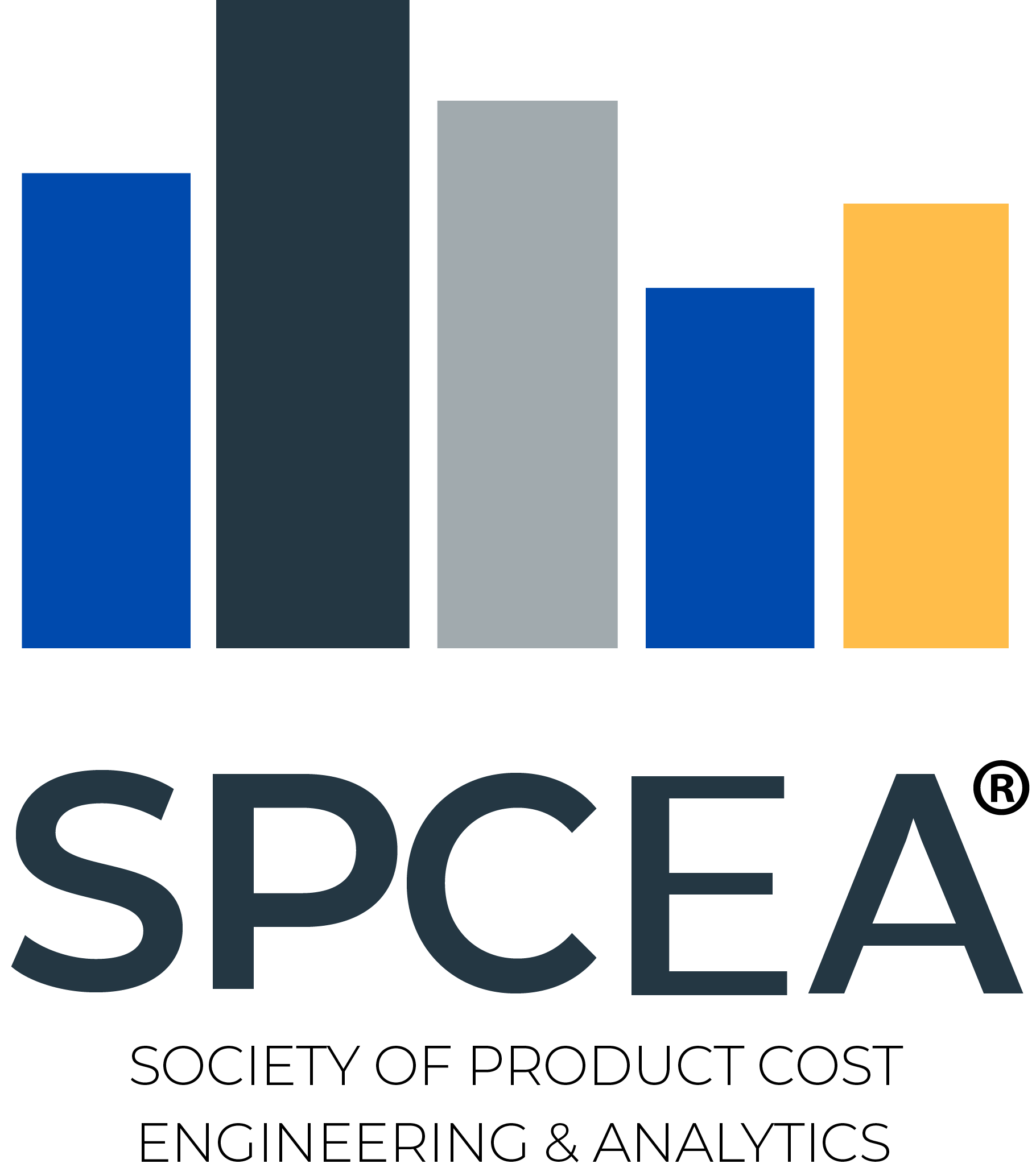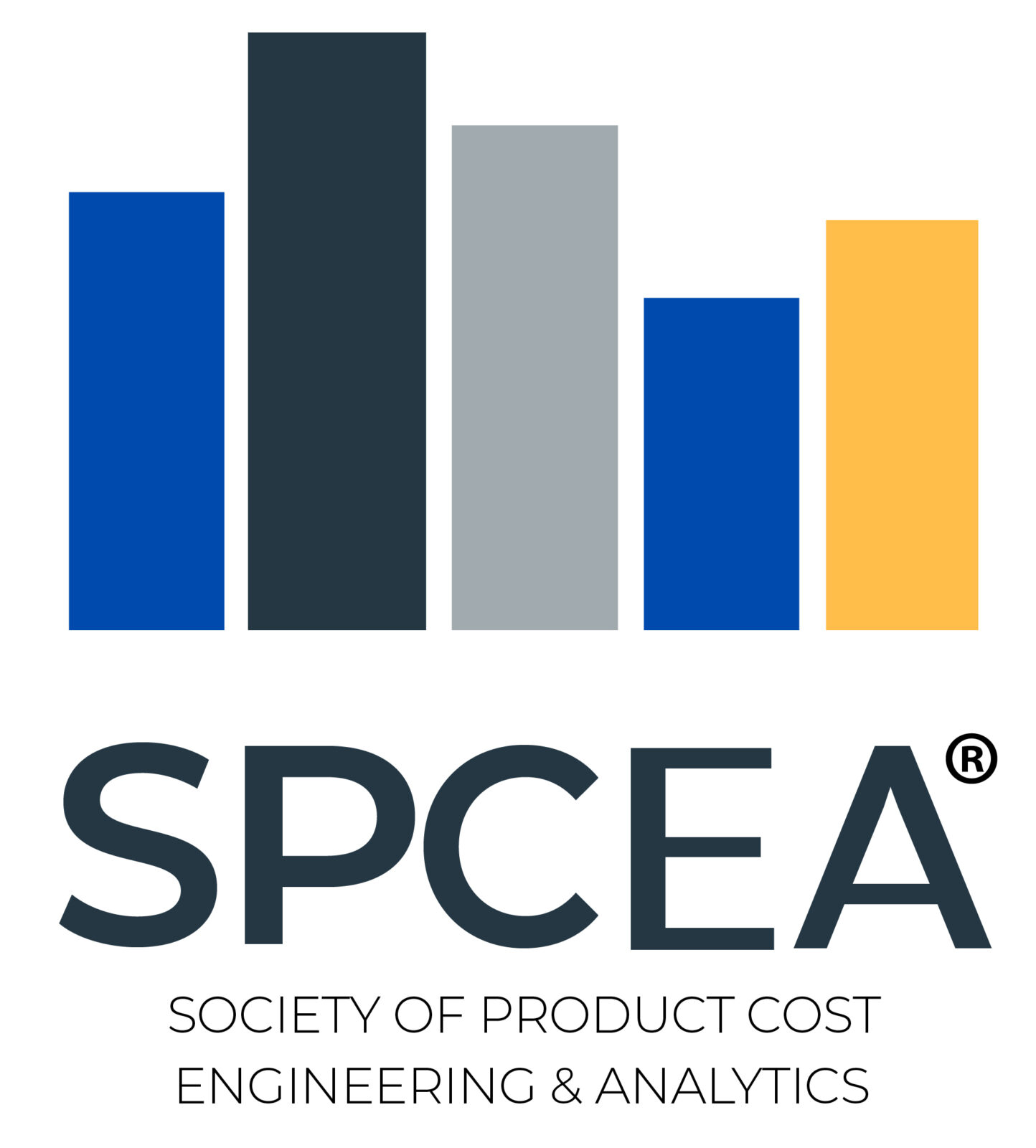2023 Virtual Conference Agenda
All Times are Eastern Standard • Times are Subject to Change
Day 1 – Wed, October 18
8:00 am
Introduction by SPCEA President
Chris Domanski, SPCEA President
Chris Domanski, President of SPCEA, Director of Cost Optimization at Forvia, and author of “Cost Engineering” and “The Cost”, will discuss SPCEA and its offerings. From its beginnings in 2020, learn about how SPCEA has grown to become the premier professional society for product cost engineering and how SPCEA drives awareness and knowledge of cost engineering methodologies through its conferences, the CPCE certification program, networking, and other activities.

8:15 am
The Decade of Sustainable Product Costing
Ralf Altpeter, General Manager, FACTON, GmbH
As the world becomes increasingly aware of the need to reduce carbon emissions, future regulations will further push the industry to create products that have a smaller environmental impact. By designing products with sustainability in mind, designers can help reduce the environmental impact of the products we use every day. Whether it’s through the use of renewable materials, designing for durability and repairability, or minimizing energy usage, sustainable design can help us create a better future for ourselves and the planet.

8:55 am
Costing Concepts They Should Teach You in School, But Probably Don’t
Douglas T. Hicks, CPA • Cost Measurement and Management Consultant
This session will discuss several topics that are critical to developing and using cost information in support of the decision-making process, but that are either overlooked or given little emphasis in the costing curricula at schools. These include the concept and usage of models, the importance of causality in developing valid cost models, how the “cost accounting” used for financial accounting is inappropriate for use in decision-making, the difference between accounting costs and decision costs, and the fallacy of any percentage of sales measurement.

9:35 am
Modeling “Indirect” Costs: A View on Integral Cost Prices
Sander den Hartog • CEO of CostPerform
Making detailed product cost calculations requires great insights in material usage, machine usage, expected efficiencies, etc., etc. But even with the perfect product specific calculations, you will still be missing a significant part of the fully loaded product costs: those costs that are deemed to be “indirect”. Costs that do not seem to have a cause and effect relationship with the specific product calculation you are making. In this presentation, we would like to give a view on how multidimensional integral costing can lead to true cost prices. We will examine a numerical example and show some differences. Furthermore, we will discuss some techniques in overhead cost calculation to further improve the cost calculations.
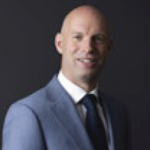
10:15 – 11:15 am
Networking Session
11:15 am
Software Design2Cost at Vodafone
Gavin Hodgson, Hardware and Software Lead, Design2Cost at Vodafone
Nupur Jamthe, Software Manager, Design2Cost at Vodafone
An overview of Vodafone’s Design2Cost methodology used to support its procurement teams in the negotiation of supply contracts, by providing Software Cost insights for Vodafone businesses around the world. The Design2Cost software methodology covers the full range of software implementation projects within Vodafone, for example green field implementation, migration or transformation. To bench-mark the efforts and Cost of a software implementation program, we model the requirements and delivery methodology, considering the software architectural complexities as well as the skill and shore mix required to deliver the tasks. We will cover a recent success story from a Vodafone market where an incumbent vendor had been delivering CRM implementation for more than eight years, and Design2Cost analysis enabled the project team to deliver 20% savings despite inflation and volatile market conditions.


11:55 am
CO2e Calculation: Two Case Studies of a New Cost Driver
Andrea Paviolo, Vice President at MeC
Stefano Patisso, Chief Technical Officer at MeC
Davide Pavignano, Senior Cost Model Developer at MeC
Global warming and climate change are in front of everyone’s eyes. In cost analysis, cost reduction and value optimization activities the main drivers are changing to consider the environmental aspects of materials, technologies, logistics and regulations on greenhouse gas emissions. MeC will present two case studies where the CO2e measurement tool, integrated in the cost models, has helped clients to identify the best strategic solution. Technological and manufacturing footprint changes are driven not only by costs, but also and above all by keeping the focus on a new decision-making factor: climate impact.



Day 2 – Thurs, October 19
8:00 am
Award Recognition by SPCEA President
Chris Domanski, SPCEA President
Chris Domanski, President of SPCEA, will kick off the second day of the conference and will announce the winners of the 2023 SPCEA Individual Contributor Of The Year and the 2023 SPCEA Corporate Contributor Of The Year awards.

8:15 am
CO2 Calculation and Optimization by an Aerospace and Defence Company
Alan March, Head of Cost & Value Engineering at Vandigital
Our Aerospace and Defence client had set themselves an objective of becoming carbon-neutral by 2030 and thus reducing their carbon footprint by 60%. However, they lacked clear data and visibility of their own operations beyond a high-level assessment based on utility and financial data. They decided that they really wanted to gain a granular view at a product level to understand what their key carbon drivers were, and therefore what they should focus on as part of the future strategy. Without developing a granular baseline, they were unsure where to focus their attentions. We built a detailed cost and carbon model for one of their key strategic assembles by building a detailed value stream map at their facility. We then built scenario models of this for several geographies to help them understand what both their future cost and carbon landscape could look like.

8:55 am
Cost and CO2 Calculation Accuracy in Scope 3
Vinay Haribratta and Manjunatha Subbannachari, Cost Engineers at HCL Tech
Purchased goods and services contribute to the largest share of Scope 3 emission. This calculation requires collecting multiple inputs from suppliers and developing complex calculation models. There are too many assumptions involved in this process, which typically leads to low accuracy in the result. A higher accuracy of Scope 3 emissions can be achieved by adopting a supplier specific based approach as compared to spend based or hybrid-based approach which is being typically used across the industry currently. While developing a supplier specific approach or calculations, the complete supplier’s ecosystem is analyzed in this process. Analysis involves a detailed simulation of the product manufacturing processes, data of water consumption and waste produced is considered along with very precise capture of the material grades and part weights. The supplier specific approach brings you an accurate trade-off between emission and cost reduction, which will benefit the OEMs immensely.


9:35 am
Cost Accuracy Estimation in the Development and Management of
Program Cost… Governance and Case Study
Paola Mainardi, Principal Engineer, Value methodology – Design2Cost
Emanuele Checcacci, Principal System Cost Engineer
Giancarlo Magni, Senior Value Engineer, Baker Hughes
Cost Estimation is a structured accounting of all labor, material, and other efforts required to develop, produce, operate and maintain of a product object of a Program. The development of a cost estimation entails identifying and estimating all cost elements that pertain to the program from initial concept through each phase in the program’s duration in order to inform decision-making that can be based on cost, as well as on a performance and technical basis. The process used by Baker Hughes IET (Industrial Energy Technology) for cost estimation during Program Development is described in Analysis Practice “Design to Cost in Gas Turbine New Product Development programs” and use BH experience of cost estimation and cost-out (Design to Cost, VAVE, …) to New Product Development (NPD) program. Two case studies will be presented to share experience by using the approach introduced above.

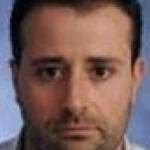

10:15 – 11:15 am
Networking Session
11:15 am
Carbon and Cost Factor Calculation for Electronics Products
Tomasz Rola, Electronics Costing Expert
As global temperatures continue to rise, manufacturing industries face a sustainability challenge. The semiconductors that sit at the heart of most electrical devices require copious amounts of energy to manufacture and operate. In this presentation, I would like to showcase an approach to create should cost calculation and CO2 footprint assessment for electronics components and subcomponents.

11:55 am
Setting up a sustainable methodology to estimate your Scope 3-1 (Product
Purchase) – parallel between Cost Leadership and CO2 Leadership!
David Bocher, Founder and Associate Director of Octoplus Consulting
It is not unusual to see in the industry, (and even more assembly industries), that the CO2e emissions related to the purchased products represent more than 80% of total emissions of the entity. The same organizations sometimes claim that they will reduce their emissions by XX%. But, as we can only improve what we measure! How do they measure? The purchased products was an area which is more complex to analyze, as it requires some know how about suppliers materials, and process steps. This is where Cost leadership strongly enhances the ability to face this challenge. Let’s see how to set up a sustainable system to continuously follow these emissions.
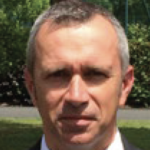
Connect with other conference attendees and stay updated on the latest conference news and updates.
